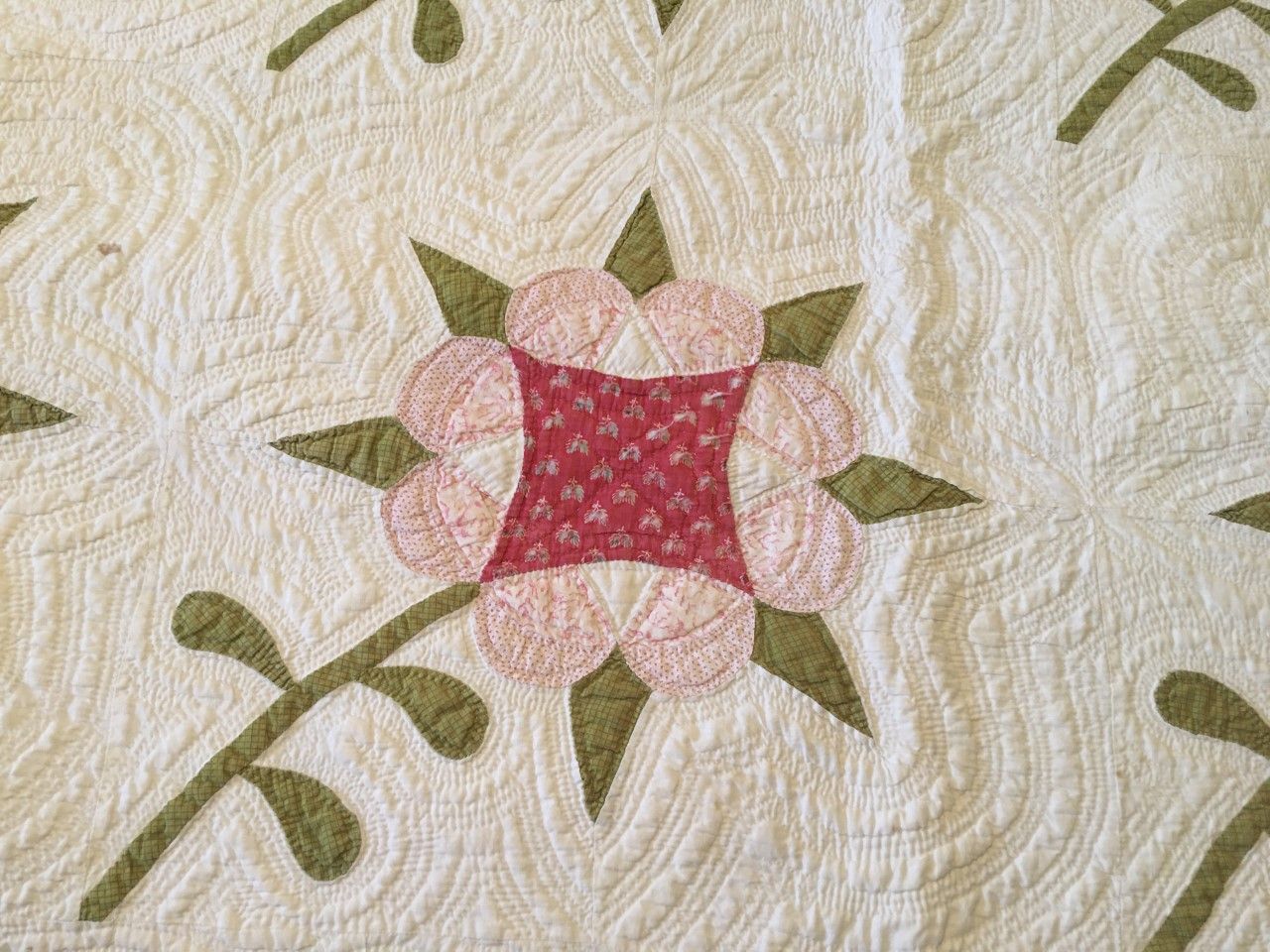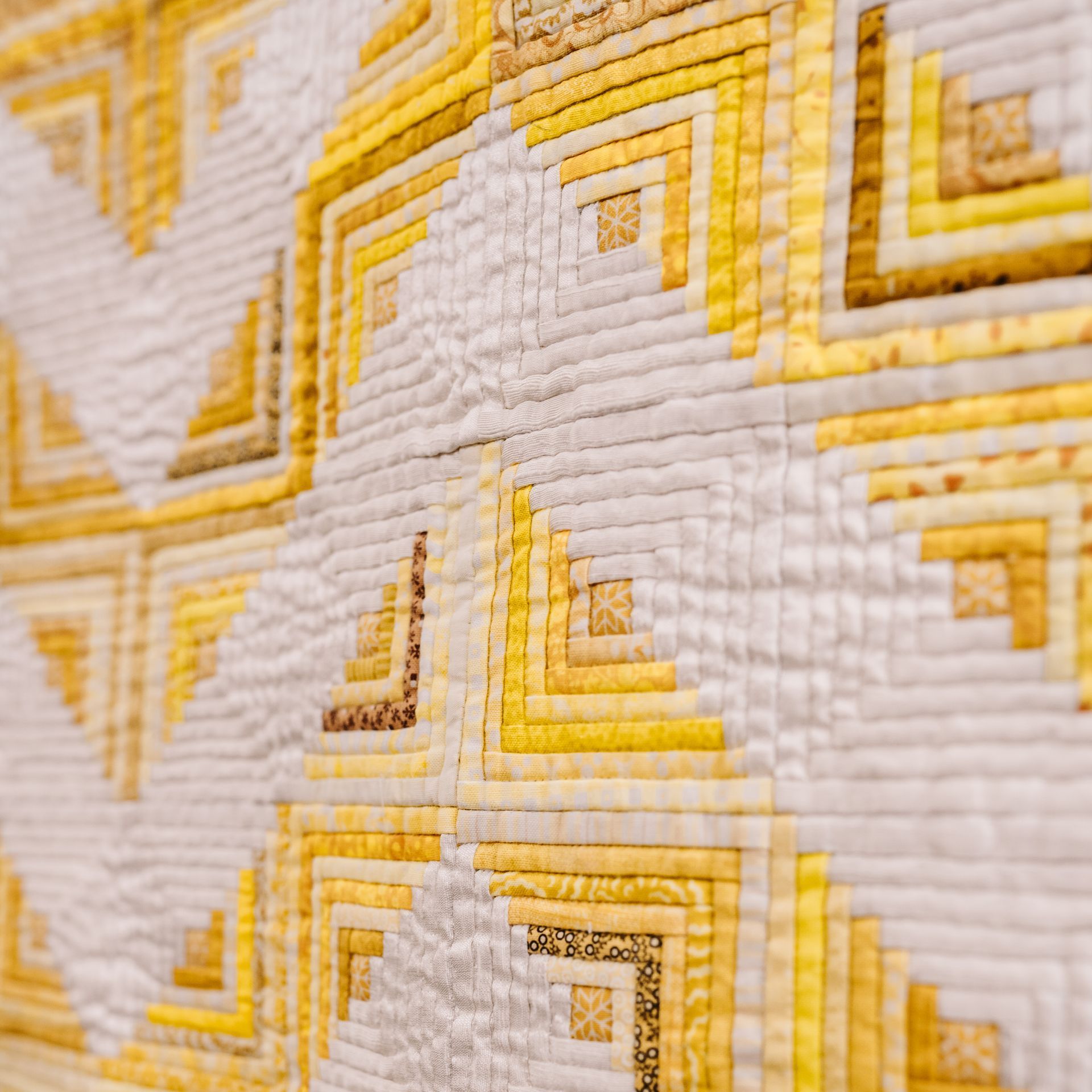Quilt History Snippets May 2025
Quilt History Snippets May 2025
What: Review of Uncoverings 1994, Volume 15 of the Research Papers of the American Quilt Study Group, edited by Virginia Gunn
Topic: “Mildred Dickerson: A Quilt Pattern Collector of the 1960s and 1970s”
Author: Merikay Waldvogel
In 1992 author Merikay Waldvogel purchased a vast collection of thousands of quilt patterns – “originals, copies, tracings, and photocopies” – all of which was collected and catalogued by Mildred Dickerson, nee Mildred Marie Blackerby, born in 1920 in Bessemer, Alabama. Included in the collection were “complete (or nearly complete) sets of most quilt pattern lines printed in the United States as well as magazine articles, newspaper clippings, catalogs, and books pertaining to quilts published between 1900 and 1990.” From this vast “thirty-year collection” that filled 120 file boxes” Waldvogel was able to gain “insight into the motivations, goals, and methods of quilt pattern collectors of the 1960s and 1970s.” As Waldvogel notes, it was “an era before quilt guilds, exhibits, and publications provided easy access to new patterns.” [pp. 44-45] This is a point that is very important for understanding the lead-up to the quilt revival and the field of quilt history scholarship most of us have been participating in ever since.
Waldvogel names the names of Dickerson’s contemporary collaborators and collectors. She describes the development of a dedicated network of collectors and their interests and motivations. There were many letters between these collectors that included personal information as well as hobby interests and ideas.
One aspect of her findings is included in her discussions of “round robins”. It was similar to chain letter clubs between members who joined and agreed to follow the rules and share “good patterns” they would mail to each other on a specific schedule. In a time when patterns and pattern books were not readily available, this was a way for dedicated quilt pattern collectors to increase their store of inspirational material. Or, as Louise Howey of Lincoln, Nebraska, is quoted as saying, “We were poor. We were just coming out of the Depression. We didn’t buy quilt books in those days. They weren’t available. The round robins were a cheap way of getting patterns.” [p. 55] Side note: I had the privilege of making Louise Howey’s acquaintance when I lived in Lincoln some years ago. She was still a lively and enthusiastic quiltmaker and supporter of quilt scholarship in the late 1990s and early 2000s. I can easily see her participating in this hobby.
The round robins were organized by an individual like Mildred, who collected a list of interested members by placing an advertisement in a magazine. “When she received sufficient names and addresses, she sent a pattern to the second person on the list. That person took out the pattern, made a copy, returned it to the envelope along with a pattern from her own collection, and mailed all to the third person on the list, who repeated the process. When the package returned to person number one (the sponsor), she removed her pattern, added new material, reviewed all the other entries making copies, if necessary, returned them to the envelope, and sent the packet on to person number two.” [p. 55] It sounds very time consuming and laborious, but that aspect speaks to the “market demand” for quilt patterns in those post-war years before the quilt revival and the development of the quilting industry that we now have. It is also important to note, as Claudine Moffatt reported, “in the 1960s copyrights were good for no more than twenty-eight years.” [p. 63] That was a benefit for a small group of enthusiasts who were publishing patterns and related information in their “hobby papers.” [p. 62] The development of quilting magazines and their publishers is well described, and names are dropped.
This report is full of interesting details and information about the quilt pattern collectors and their influence on the quilting revival of the late twentieth century that they helped fuel. And it is a gem and a treasure trove of information. Most notably, as Waldvogel notes, “The women who appear throughout Mildred Dickerson’s letters and files kept the embers of the quilt revival of the 1930s burning.” [p. 69]
I cannot recommend this article enough. Thank you, Merikay for sharing it with us.
Read it and enjoy.
Share Post




